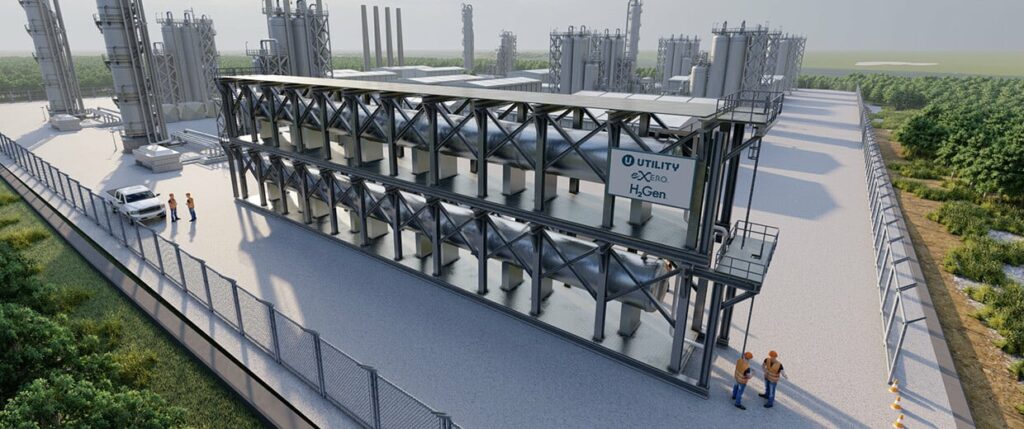Utility Global recently raised $53 million in Series C funding, led by OPG Pension Plan and ArcelorMittal’s XCarb Innovation Fund.
While this investment reflects confidence in Utility Global’s proprietary eXERO gas production technology, the broader question is whether this technology can deliver on the lofty goals of decarbonizing hard-to-abate sectors like steel and energy production. The funding supports efforts to commercialize eXERO, but its long-term impact remains uncertain.
Utility Global claims that its eXERO technology converts off-gases into clean hydrogen within a single reactor, providing cost-effective decarbonization for industries like steel. However, as innovative as this sounds, the company has yet to fully demonstrate how this system will compete with existing technologies. While the completion of a demonstration program in a steel facility is an encouraging sign, the claim that eXERO is “proven” warrants scrutiny. Other hydrogen production methods—such as electrolysis and methane reforming—are already mature and scaling globally, leaving the question of how eXERO™ will carve out its niche.
ArcelorMittal Collaboration
The partnership with ArcelorMittal represents a significant opportunity for Utility Global, as the steel industry is a notable contributor to global emissions. However, this collaboration also serves as a critical test for eXERO’s scalability. Deploying a commercial facility at an ArcelorMittal plant is a complex task, and it’s unclear whether Utility Global’s technology can integrate seamlessly into an existing industrial setting. The delay in site identification also raises questions about the readiness of both parties to move forward with large-scale deployment.
Decarbonizing sectors like steel is challenging, but the broader hydrogen industry is advancing rapidly, with established benchmarks for emissions reduction and cost-effectiveness. Green hydrogen production via electrolysis, supported by renewable energy, has become the industry standard for clean hydrogen.








